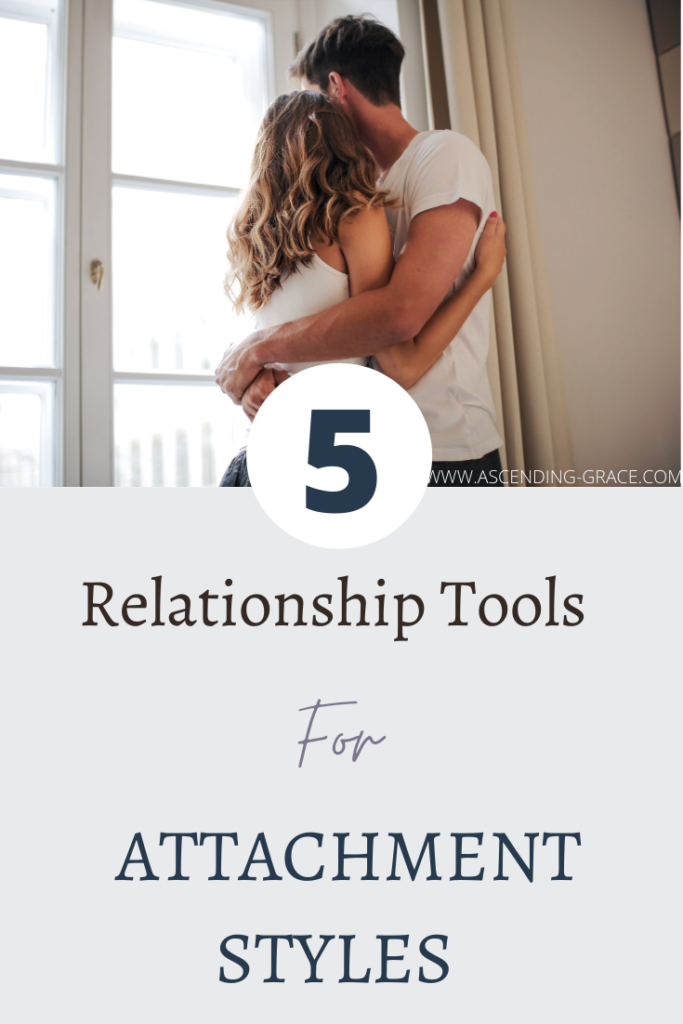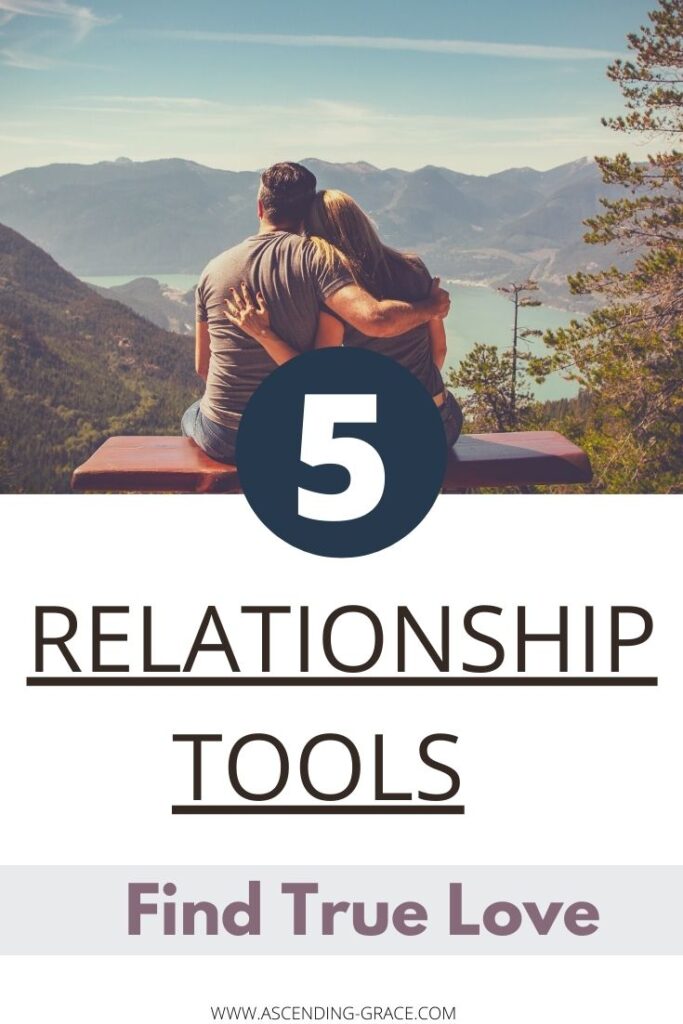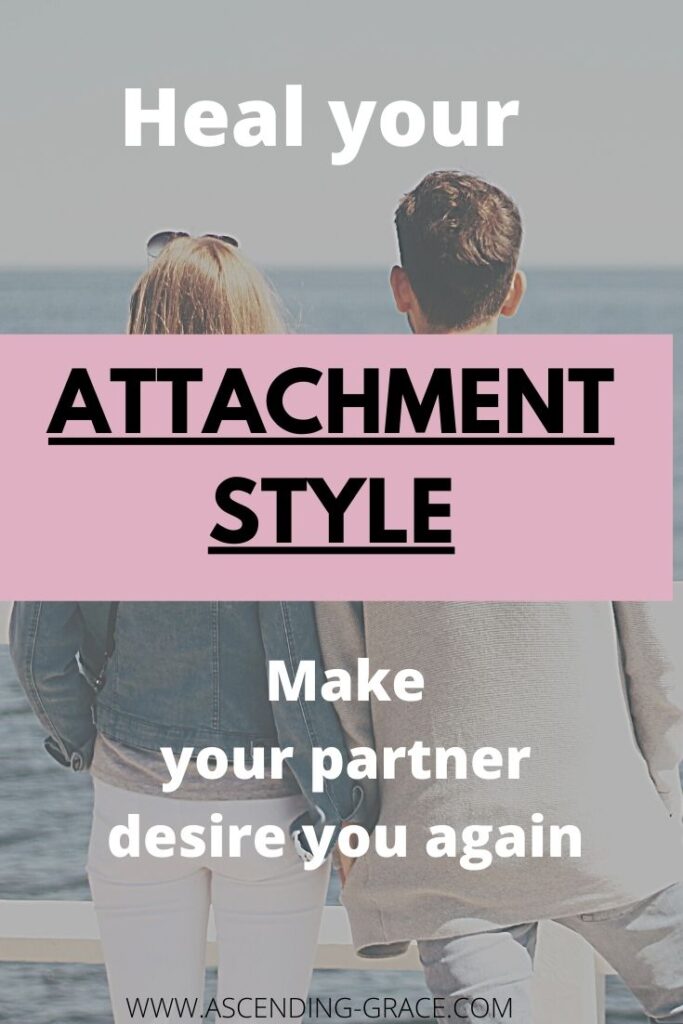
Attachment Styles- The 5 Relationship Tools
Attachment styles will predict whether you fall madly in love, or if you sabotage it.
It’s behind you pouring your love into one-sided relationship or pushing it away.
There will always be relationship issues that are outside of your control, but your attachment style doesn’t have to be one of them.
As you do your own inner work and healing, you begin to view relationships differently.
Things become less of a big deal, and you start to see your partner as an individual and do not mind meeting their needs.
Discovering your attachment style is a great first step to improving your romantic relationships.

The 4 attachment styles in adults
Your attachment style is not categorized by how you feel but how you react.
All styles will encounter anxiety, but how you deal with your anxiety is what determines their
Secure Attachment Style
You feel comfortable getting intimate emotionally and physically.
It doesn’t bother you to depend on your partner or them depending on you.
Fear of rejection does not control your expressions of intimacy.
Avoidant Attachment Style
You don’t feel worried about your partner’s whereabouts.
You feel a loss of independence when around your partner and prefer to keep relationships at arm’s length.
Even your communication is kept logical and lacking in emotional warmth.
Disorganized Attachment Style
You view your relationship with both desire and fear.
You want intimacy and closeness, but at the same time, have trouble trusting and depending on others.
Regulating your emotions is difficult in a relationship and so you avoid strong emotional attachment, due to your fear of getting hurt.
Anxious Attachment Style
This attachment style is best known for insecurity, neediness and emotional reactiveness.
People who fall under this become obsessive over their partners and need constant reassurance of their partners’ interest.
They desire themselves and their partners identities to be one in the same.

5 tools to start healing your attachment style
#1 Own your attachment style
Emotions don’t just come out of nowhere.
They are created by the thoughts in your head.
Circumstance ->Thoughts -> Feelings -> Actions -> Results
This is the sequence of how your triggers come to life and determine the fate of your relationships.
Owning your feelings is a wonderful tool to take back the power to improve your attachment style.
Blaming others and expecting special treatment for you’re the results you’ve created in your relationship keeps you stuck.
It puts the power to improve yourself in else’s hands.
Once you own the thoughts in your head, you get to determine how the story ends.
#2 Focus on healing yourself first
There’s always healing to be done when you feel triggered.
Triggers are literally your brain telling you to pay attention.
It’s your job to make sure that you do your own self work before getting upset with someone else.
This doesn’t mean you stop communicating with your partner about what is bothering you in your relationship.
Doing your inner work prior to reacting, helps you to communicate compassionately and effectively.
Thus, improving your relationship faster.
#3 Switch Perspectives
There are always two sides of a story.
When you take time to give someone the benefit of the doubt or experience the circumstance from their point of view you supply yourself with an additional viewpoint.
You can then choose your response from a more balanced place.
This doesn’t mean you become a doormat for lame excuses.
It means you consider what’s going on in your partners life when choosing your reactions.
The answer doesn’t have to be either your perspective or theirs.
It can be a mixture of both, wherein a conversation takes place, and a compromise is created.
#4 Practice non-attachment
Non-attachment in relationships is saying, I love you for you, but I know I will be ok without you.
Non-attachment means you are not reliant upon someone else to fulfill your needs.
You know how to get love, money, fun, peace, and confidence all on your own.
Take a moment to reflect on the ways you might be using your relationship to avoid feeling uncomfortable or growing.
This will allow you to examine where unhealthy attachments are undermining your growth.
#5 Be more vulnerable
Being vulnerable deepens trust and love within a relationship.
A fear of rejection keeps you from being vulnerable and therefore keeps you from love.
The good news is your fear of rejection is fake.
It’s your brains way of trying to keep you alive.
Nothing happens when you are rejected except a story you tell yourself about what the rejection means.
You could use rejection as guidance from the universe about people not meant for you.
Rejection is protection.
The best part of owning your results in life, is that you get to decide what you make every experience mean.
The fear of rejection is a lack mentality.
Fearing being rejected by one person means that you believe there will not be additional people and instances to love you in the future.
Second, you cannot focus on others when you are afraid of getting hurt.
The focus can only be on yourself and avoiding the pain you are afraid to experience once rejected.

Final Thoughts
Vulnerability is necessary to give and experience love.
Fear is the absence of love and so love cannot exist where there is fear.
You can only feel love as deep as you are willing to give love.
The accepted definition of a strong relationship is measured by how tightly you can hold onto your partner.
Ironically, overcoming an unhealthy attachment style is about letting go.
Letting go of fear, expectations, control and blame, so that you can experience your relationship as it is and the lessons in healing that come with it.
Overcoming an unhealthy attachment style starts by becoming aware of your triggers and using those triggers to intentionally choose healthier reactions.
This is the work we do inside Desire More, my life coaching program for women who want success in all areas of life without the stress.
RESOURCES:
- Release Limiting Beliefs In Love (Blog)
- Desire More (Program)
- Rewire Your Brain In 5 Days (Free Training)





One Comment
Rose Bailey
Such a good read! Learning about my attachment style was honestly a life saver in understanding myself, and healing my relationships. That’s why I always encourage everyone to learn about theirs, so thank you for this easy to read article that explains each style! Sometimes I find information about attachment styles can be overwhelming, and this wasn’t the case at all.